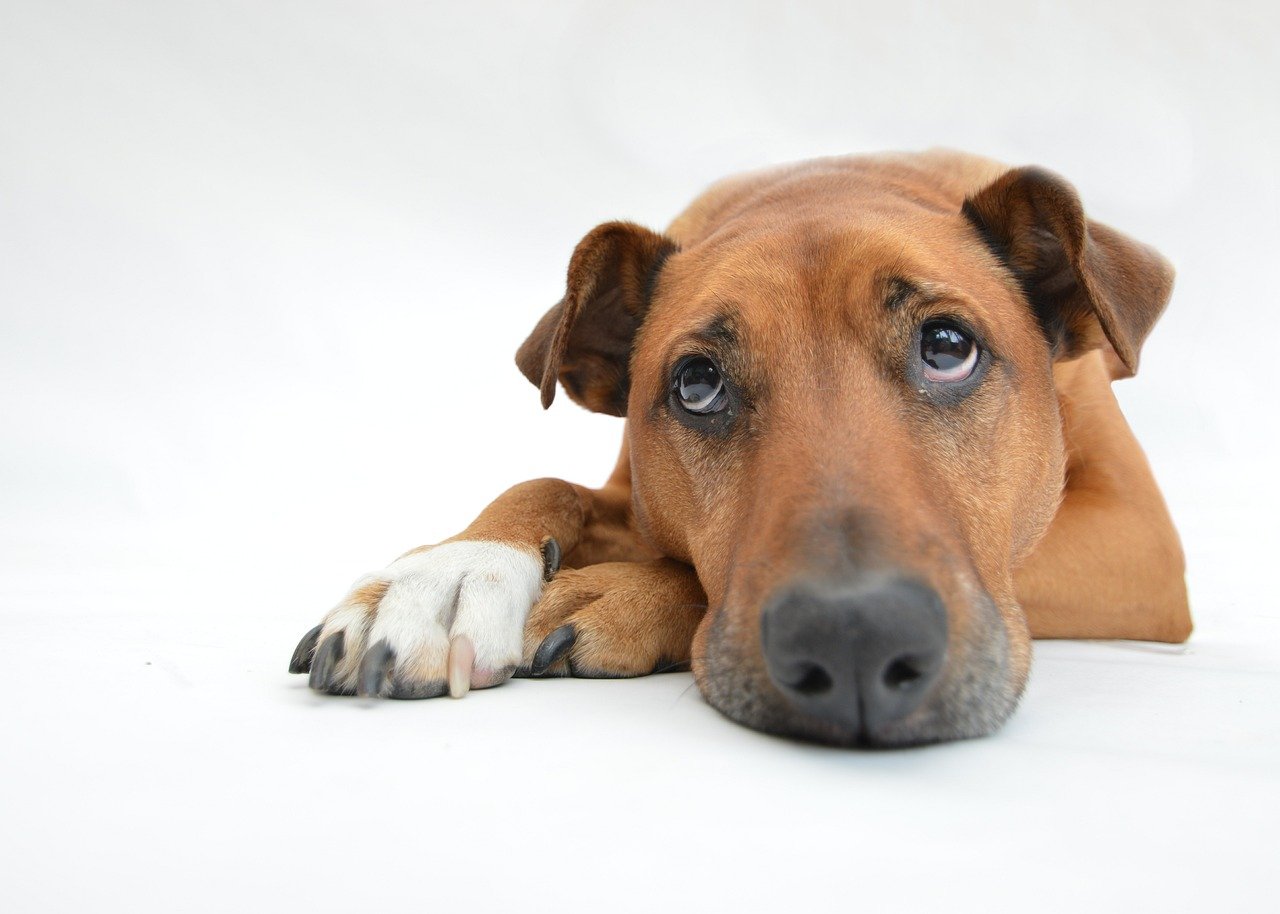
As a pet owner, witnessing your beloved canine companion experiencing reverse sneezing can be alarming. Reverse sneezing is a common occurrence in dogs and usually not a cause for panic. Understanding what reverse sneezing is and how to handle it can help you provide comfort to your furry friend. In this blog, we'll explore what to do when a dog reverse sneezes.
What Is Reverse Sneezing?
Reverse sneezing, also known as inspiratory paroxysmal respiration, is a sudden, rapid, and repetitive inhalation through the nose. It often sounds like a combination of a snort and a sneeze. This phenomenon can be triggered by various factors and typically lasts for a few seconds to a minute.
What Causes Reverse Sneezing?
Reverse sneezing can occur for several reasons, including:
Irritants: Dust, pollen, strong odors, or foreign objects in the nose or throat can trigger a reverse sneeze.
Allergies: Dogs with allergies may experience reverse sneezing more frequently.
Excitement or Overstimulation: Some dogs reverse sneeze when they are excited, anxious, or overstimulated.
Post-Nasal Drip: Excess mucus or a post-nasal drip can lead to reverse sneezing.
Brachycephalic Breeds: Breeds with flat faces (like Bulldogs and Pugs) are more prone to reverse sneezing due to their unique anatomy.
What to Do When Your Dog Reverse Sneezes:
Stay Calm:
Your dog can sense your emotions, so remaining calm and composed is essential. Remember that reverse sneezing is usually harmless.
Gently Massage the Throat:
To help your dog clear any irritants, use a soft, soothing touch to gently massage their throat.
Offer Fresh Air:
If possible, take your dog outdoors to provide fresh air. If the episode occurred indoors, open windows to ventilate the area.
Block Allergens:
If allergies trigger reverse sneezing, identify and minimize your dog's exposure to allergens, such as dust or pollen.
Speak Comfortingly:
Offer reassurance to your dog through a soothing and calm voice. Your presence can provide comfort during the episode.
Lift the Front Legs:
Gently lift your dog's front legs, encouraging them to extend their neck. This can help alleviate the reverse sneeze.
When to Seek Veterinary Assistance:
While reverse sneezing is often harmless, there are situations where it's advisable to consult your veterinarian:
Frequent Episodes: If your dog experiences frequent and prolonged episodes of reverse sneezing, it's best to consult a vet to rule out underlying issues.
Signs of Distress: If your dog appears to be in distress, struggles to breathe, or the reverse sneezing worsens, seek immediate veterinary attention.
Bloody Discharge: If there is blood or any other unusual discharge associated with reverse sneezing, consult a vet.
Reverse sneezing in dogs is a common occurrence and usually nothing to worry about. It's essential to remain calm, provide comfort, and take steps to alleviate any irritants or allergens in your dog's environment. However, if your dog's reverse sneezing becomes frequent, severe, or is accompanied by concerning symptoms, consult your veterinarian to ensure your furry friend's health and well-being. Your veterinarian can assess your dog's condition and provide guidance on managing or preventing reverse sneezing episodes.